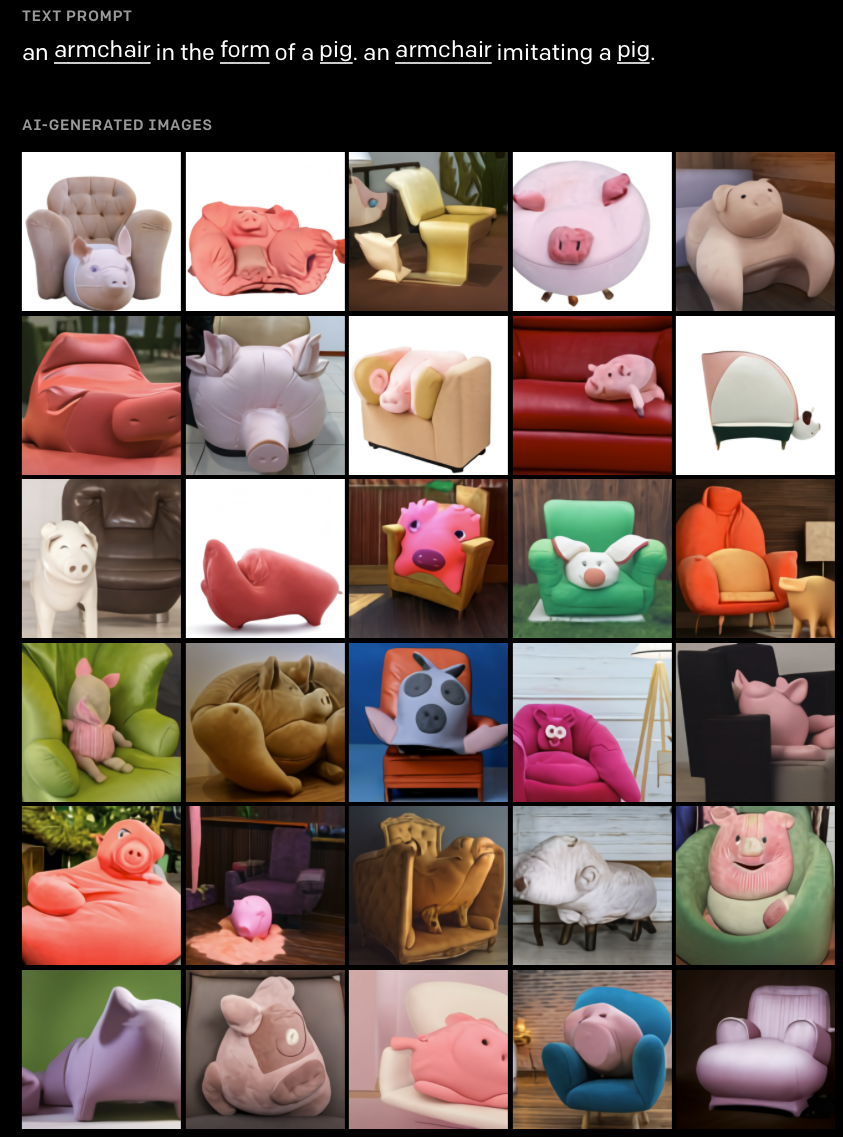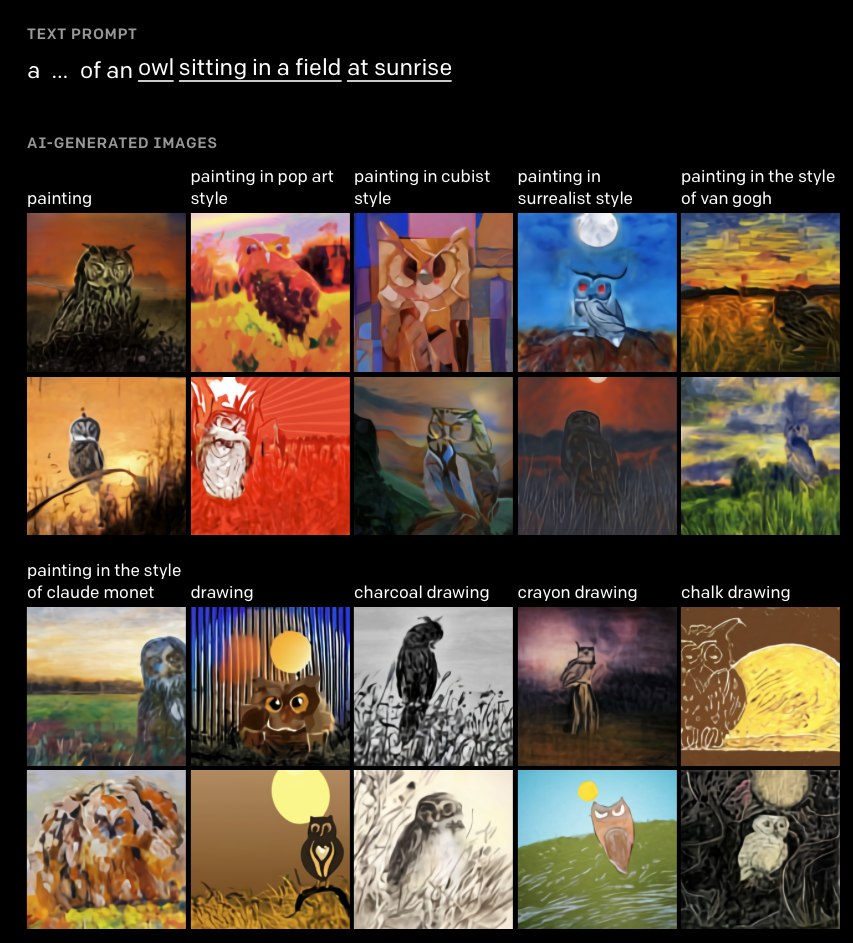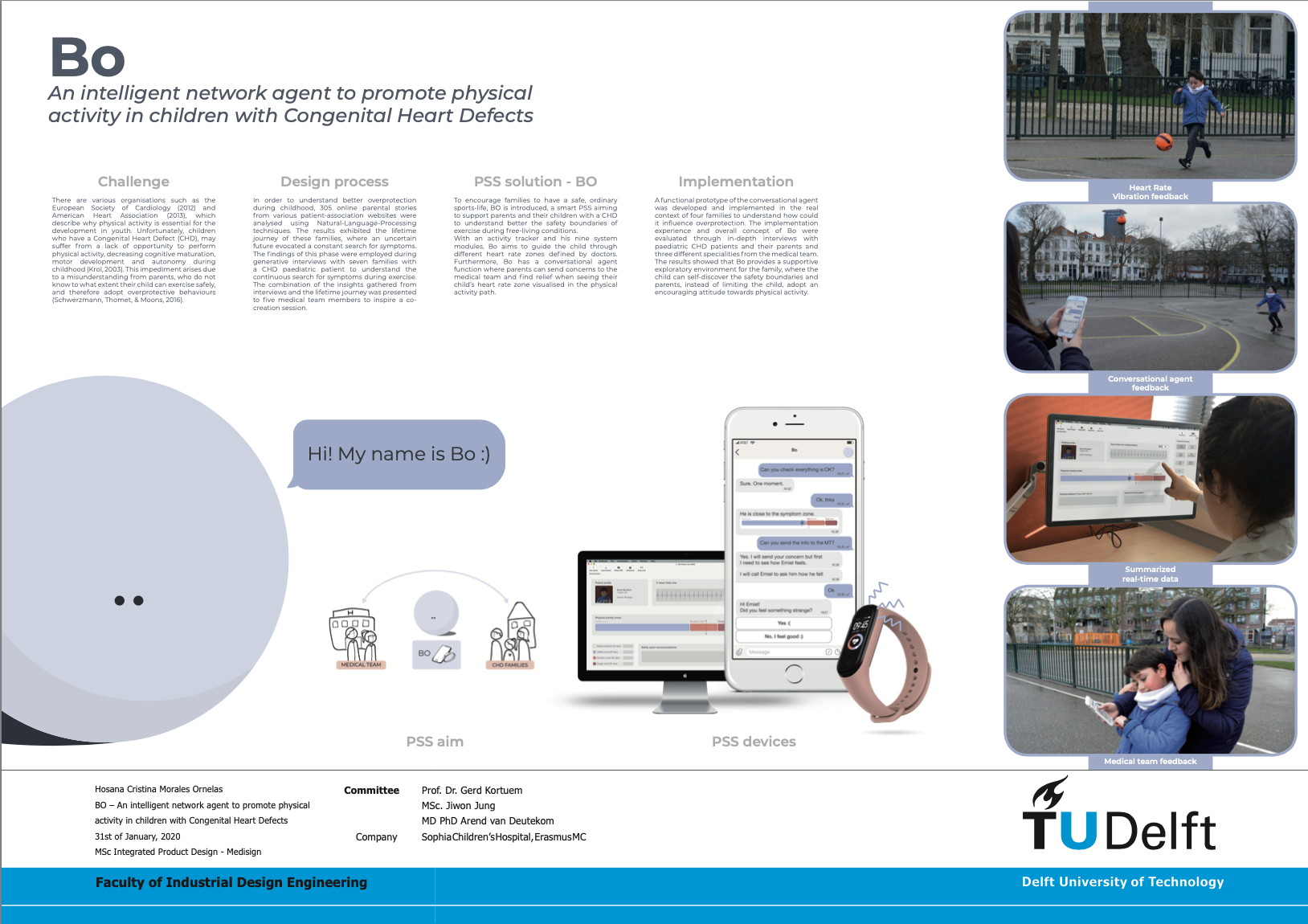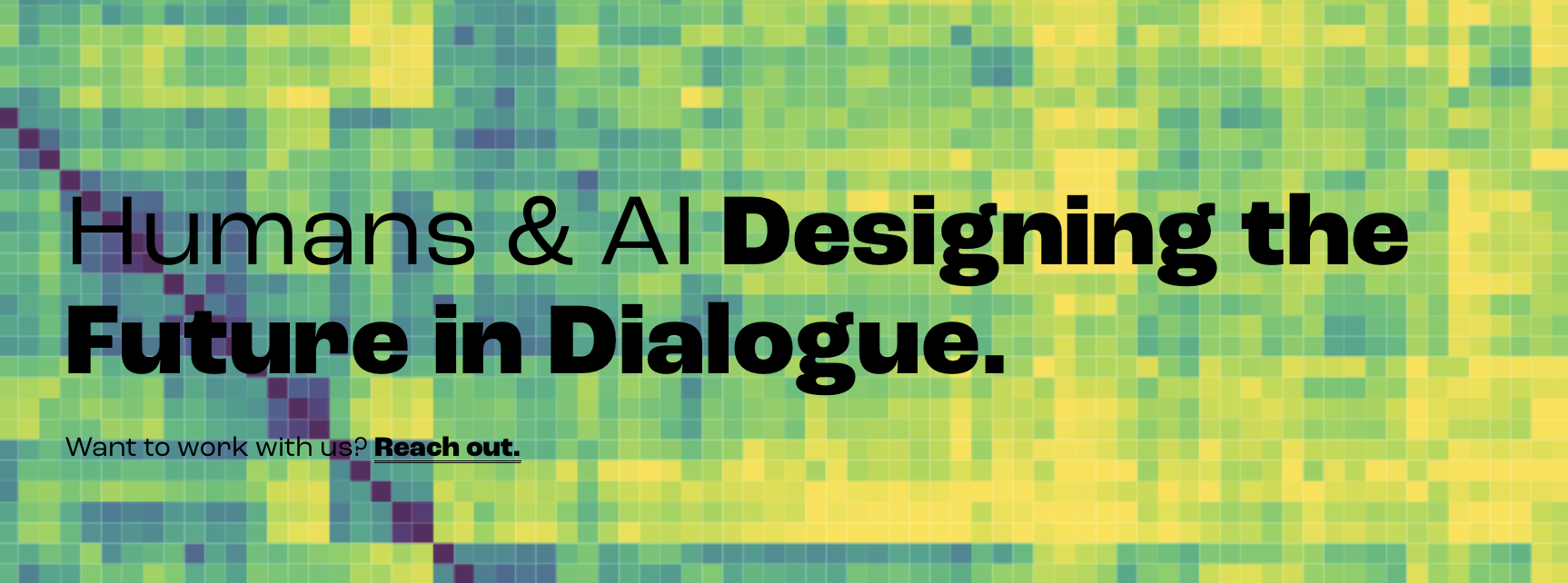Machine Learning for Design
Lecture 1
Introduction to Machine Learning. Part 1
Why should you care about Machine Learning?
Part 1
AI is the new electricity

Where is artificial Intelligence?
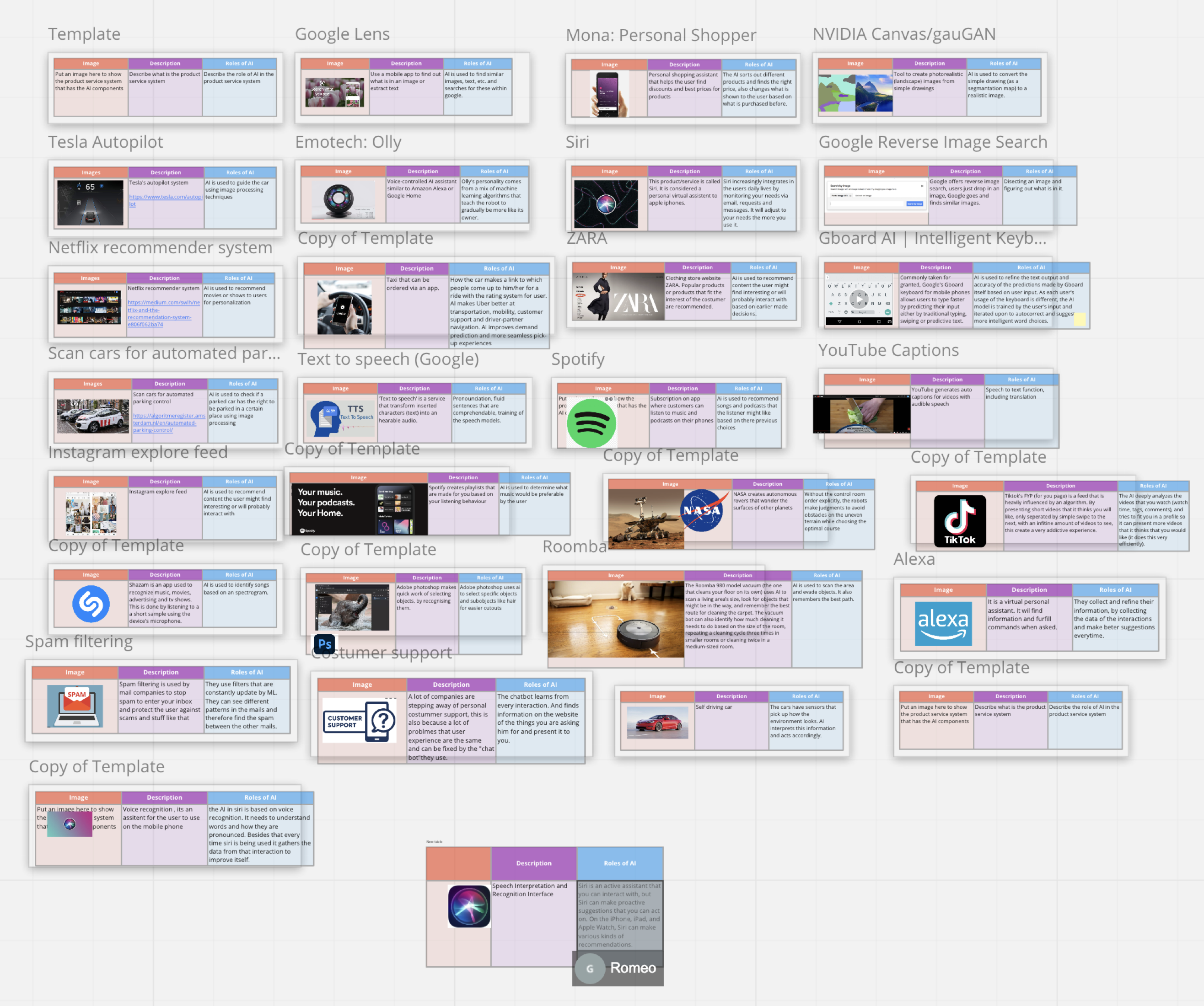
- Autonomous vehicles
- from Roomba to Self-driving cars
- In stores, warehouses, production lines, streets, living rooms
- More and more consumer products and appliances
- Thermostats, Security Cameras, Fridges
- Content production and consumption applications
- Social media, Amazon, Netflix etc.
- Chatbots
- In-store automation and smarter shopping
- Optimised supply chains
- Energy grid optimisation
- ...
Where is artificial Intelligence?


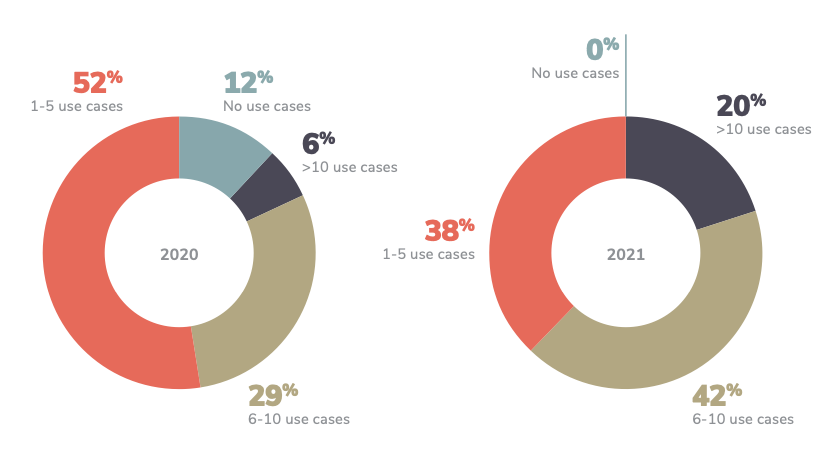
2021 enterprise trends in machine learning (Algorithmia, 2021)
Some Definitions
Intelligence
Mental quality that consists of the abilities to learn from experience, adapt to new situations, understand and handle abstract concepts, and use knowledge to manipulate one’s environment.1
-
Encyclopaedia Britannica ↩︎
Our definition of Intelligence
Intelligence measures an agent’s ability to achieve goals in a wide range of environments.
Artificial Intelligence
Intelligence demonstrated by machines
Computer programs that can emulate physical and/or cognitive human capabilities
Strong vs. Weak AI
Strong Artificial Intelligence
AI that can do everything we humans can do, and possibly much more
Also called Artificial General Intelligence (AGI) or human-level intelligence
- The AI we see in movies
No AI program has been created yet that could be considered an AGI
Weak Intelligence
Narrow AI
AI specialised in well-defined tasks.
For example, speech recognition, chess-playing, autonomous driving
Learning
Any process by which a system improves performance from experience 1
The ability to perform a task in a situation that has never been encountered before
Learning = generalisation
-
Herbert Alexander Simon ↩︎
Can't intelligence be programmed?
Polany's Paradox
“We can know more than we can tell...
The skill of a driver cannot be replaced by a thorough schooling in the theory of the motorcar” 1
-
1 Michael Polanyi (1966) ↩︎
-
Credits: Jonah Burlingame ↩︎
-
Credits: Jonah Burlingame ↩︎
-
Credits: Jonah Burlingame ↩︎
-
Credits: Jonah Burlingame ↩︎
-
Credits: Jonah Burlingame ↩︎
-
Credits: Jonah Burlingame ↩︎
-
Credits: Jonah Burlingame ↩︎
Machine Learning
The field of study that gives computers the ability to learn without being explicitly programmed1
Machine learning is the science (and art) of programming computers so they can learn from data
-
Arthur Samuel ↩︎
Programming

Rules to detect a cat:
1. Whiskers
2. Furry
3. Small

ML

Let me learn how a cat looks like from examples
Functions of a Machine Learning System
Descriptive
Explain what happened
Predictive
Predict what will happen
Prescriptive
Suggest/recommend actions to take
Generative
(Semi) autonomously create new data
Deep Learning
Deep Learning is a Machine Learning approach based on neural networks (NN)
NN are machine learning algorithms in which processing nodes (neurons) are organized into layers
Depth = number of layers

Computer Vision
High-level understanding of digital images or videos
Also generation (e.g Stable Diffusion)
An enabler for technology such as smart doorbells, self-driving cars, etc.
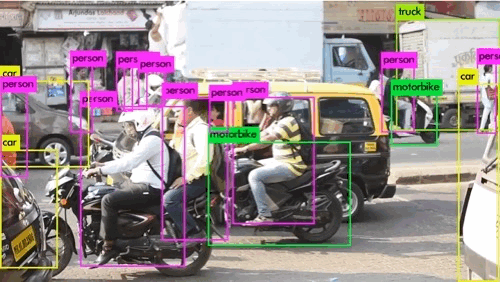
Natural Language Processing
High-level understanding of language spoken and written by humans
Also generation (e.g. ChatGPT)
An enabler for technology like Siri or Alexa
The hard problems are easy, and the easy problems are hard
Why should you care about Machine Learning?
Part 2
The most profound technologies are those that disappear. They weave themselves into the fabric of everyday life until they are indistinguishable from it 1.
-
Mark Weiser, The Computer for the Twenty-First Century (Scientific American, 1991, pp. 66–75) ↩︎

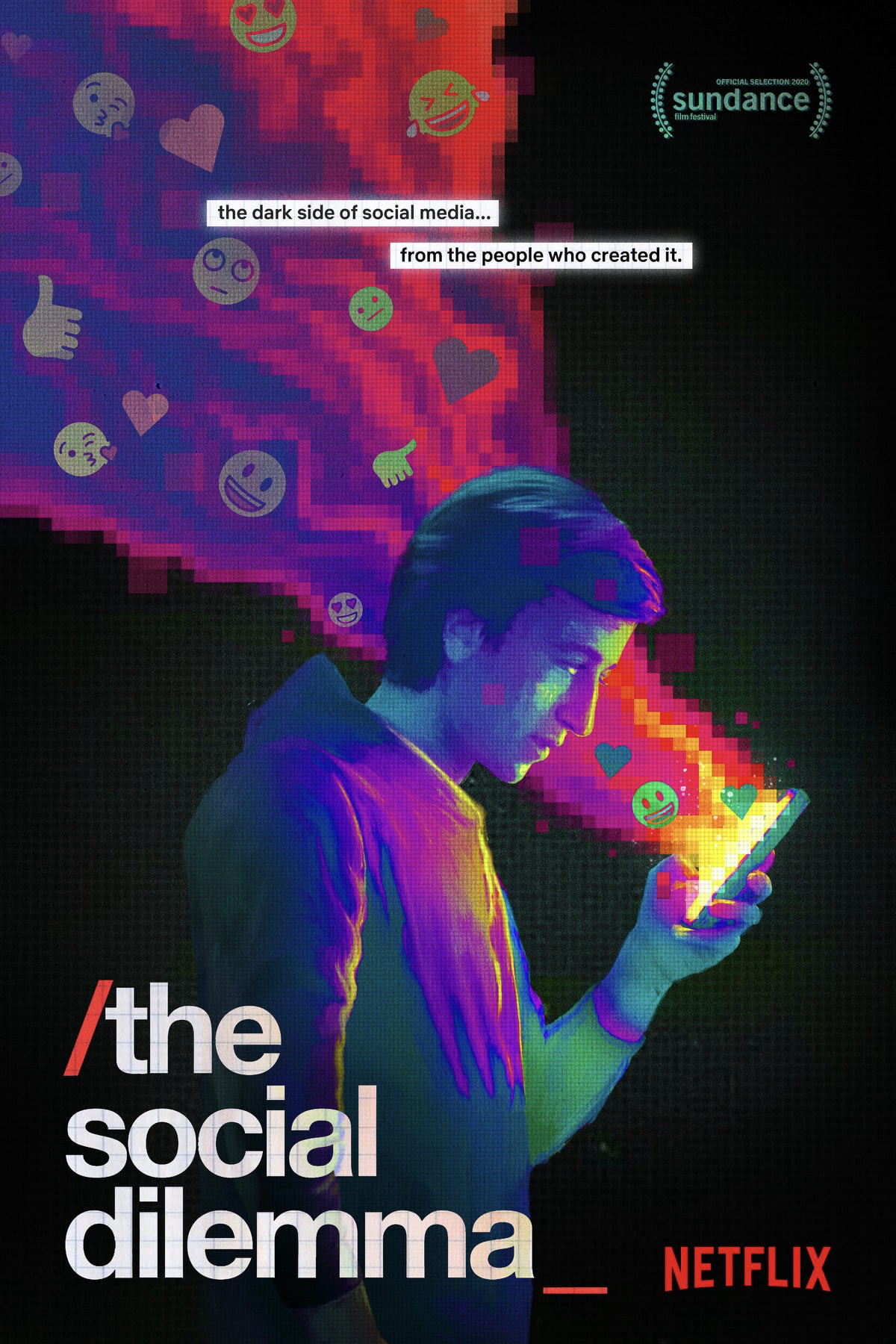


Why do we need Designers to understand ML?
Focus on purpose, not on outcomes.
Asking "Why" questions
Understanding and acknowledging diversity of stakeholders and values
...

What can designers do for Machine Learning?
Humane AI+ technology

Design tools for AI stakeholders
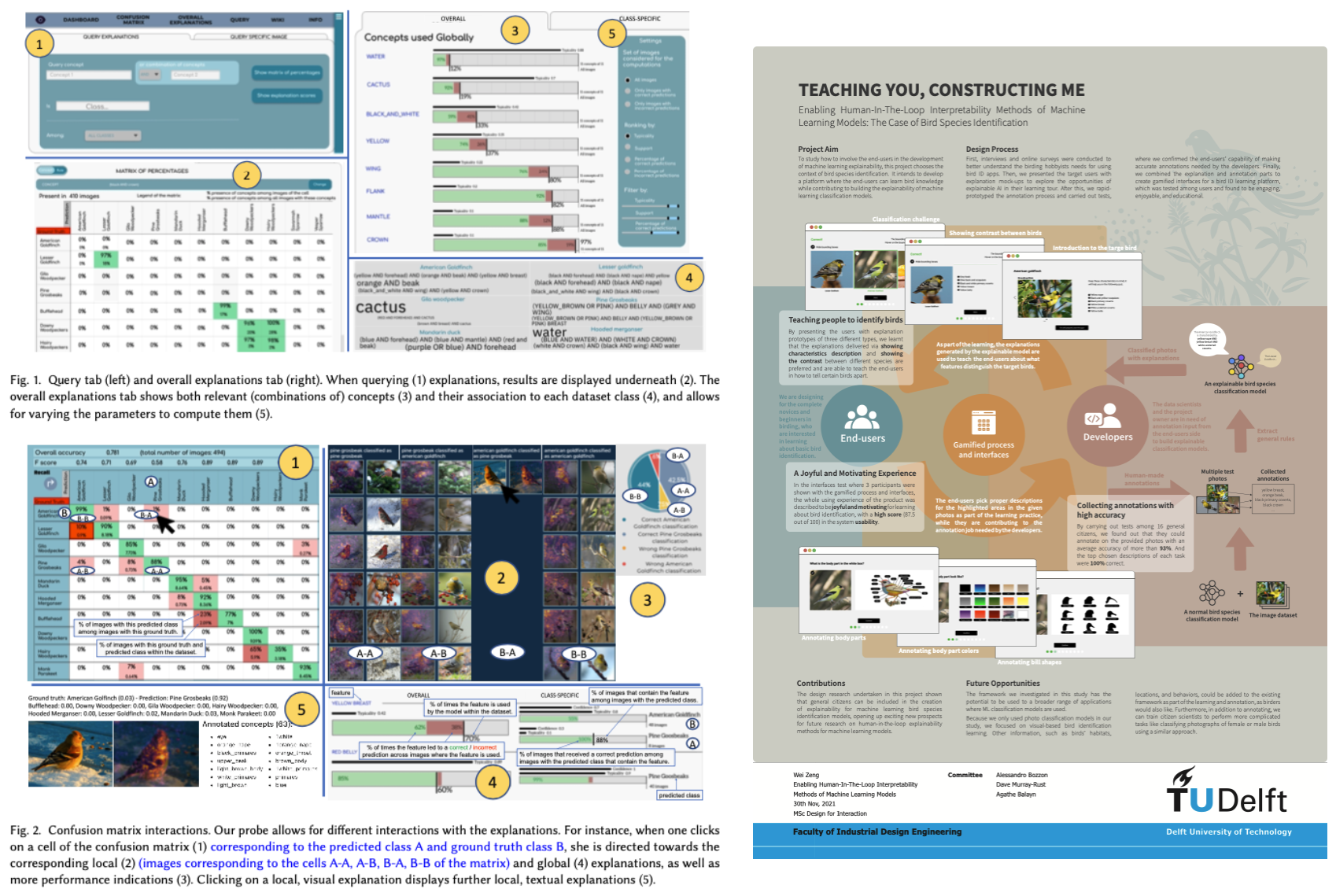
http://resolver.tudelft.nl/uuid:dabbfb49-4fbf-4ead-ab3d-e535572de4e7
Design ML data
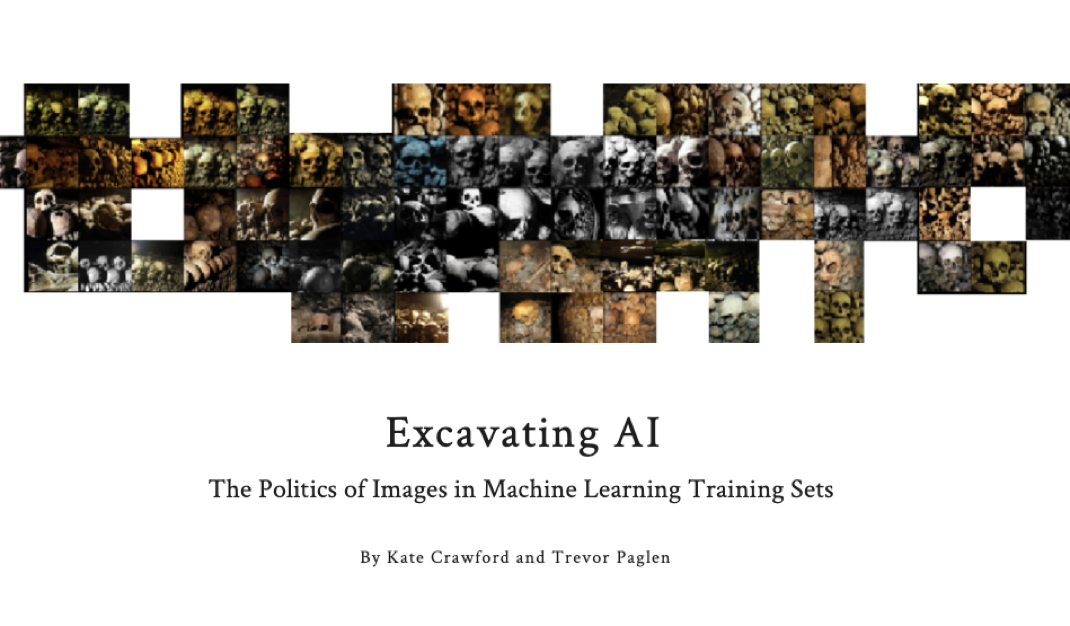
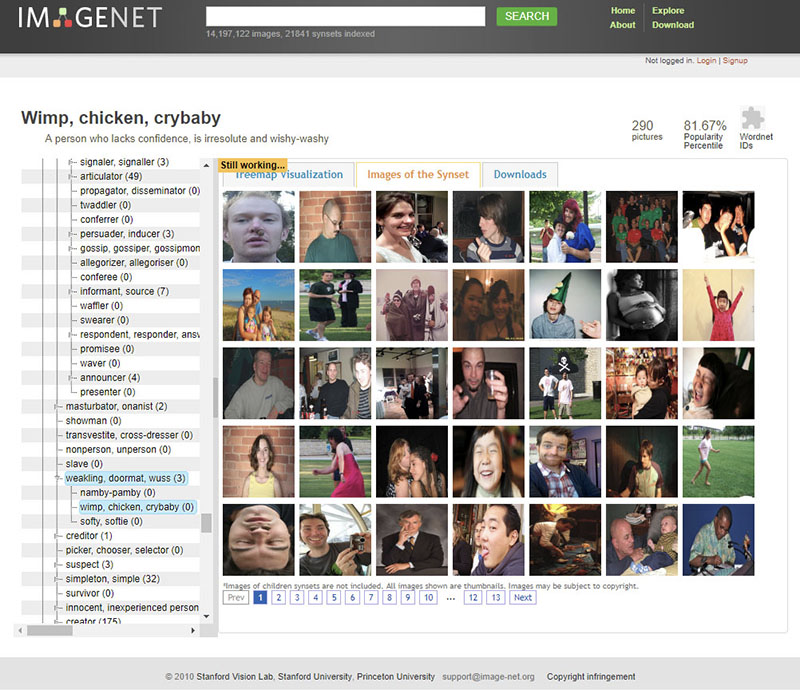
What can designers do with Machine Learning?

Sight Augmentation
What can Machine Learning do for designers?
Co-create
Scale up!
Analysis of how parents perceive their baby, their behaviours towards their child, and thus understand how overprotection develops throughout childhood
more than 300 stories, manually and NLP analysis
Scale up!
How to help designers, experts, and societal stakeholders work together with AI, to prepare, realise and evaluate design interventions?
Goal: reduce design complexity for large-scale social interventions
Understand design
Using big data ... we experiment with artificial agency during complex system design processes
We are exploring the form and use of novel design methods to address systemic design problems to create an AI Toolkit
Why Programming?
All design needs a medium. A designer in the age of computable technology also contends with programming, which the designer wields as a tool and canvas.1
-
Ge Wang - Stanford ↩︎
Debunking some myths

POLL: which one would you like to be your surgeon?
Expectations

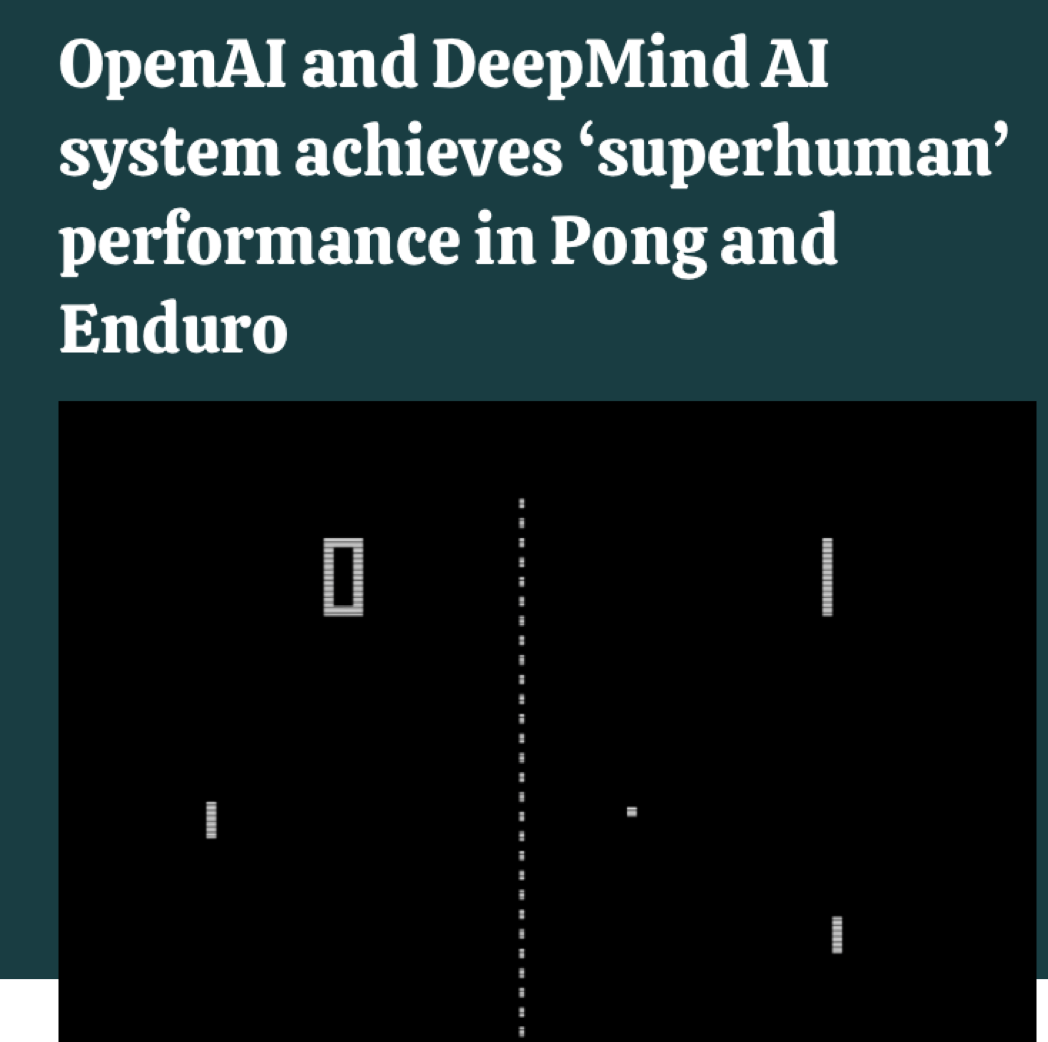
Reality





“48% of US consumers intend to buy at least one smart home device in 2018”1
“23% of connected security system owners said they deactivate their system completely when they have guests over”
AI/ML can predict the future
AI/ML are “statistical parrots” 🦜
They are (very good) pattern recognition machine
Garbage in - Garbage Out
AI/ML has agency
AI/ML are tools.
People design and use them.
And they change us!
AI/ML can magically transform a PSS overnight
Magically: maybe
Overnight: No
ML Engineering Design and Engineering is Complex
2021 enterprise trends in machine learning (Algorithmia, 2021)
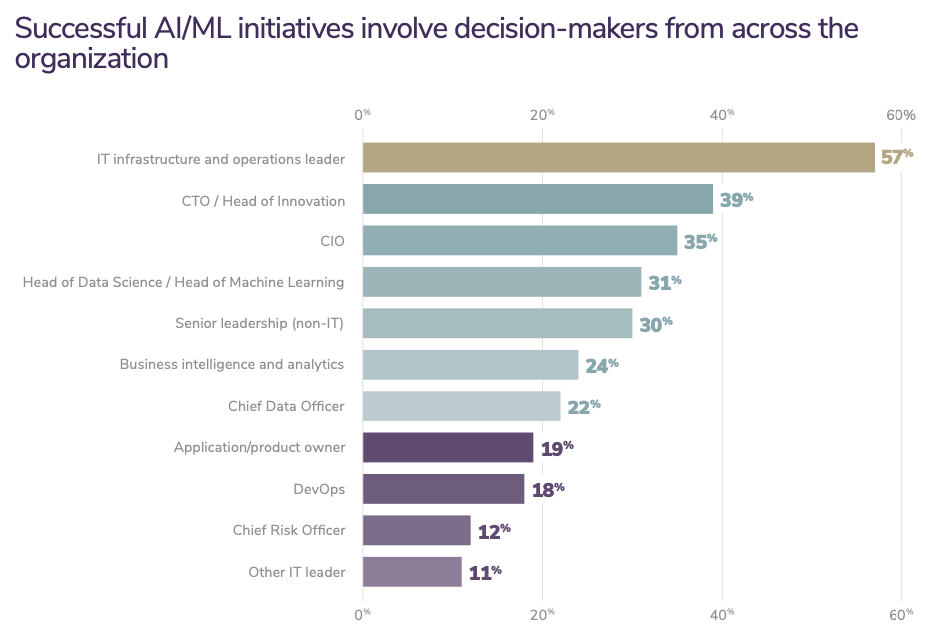
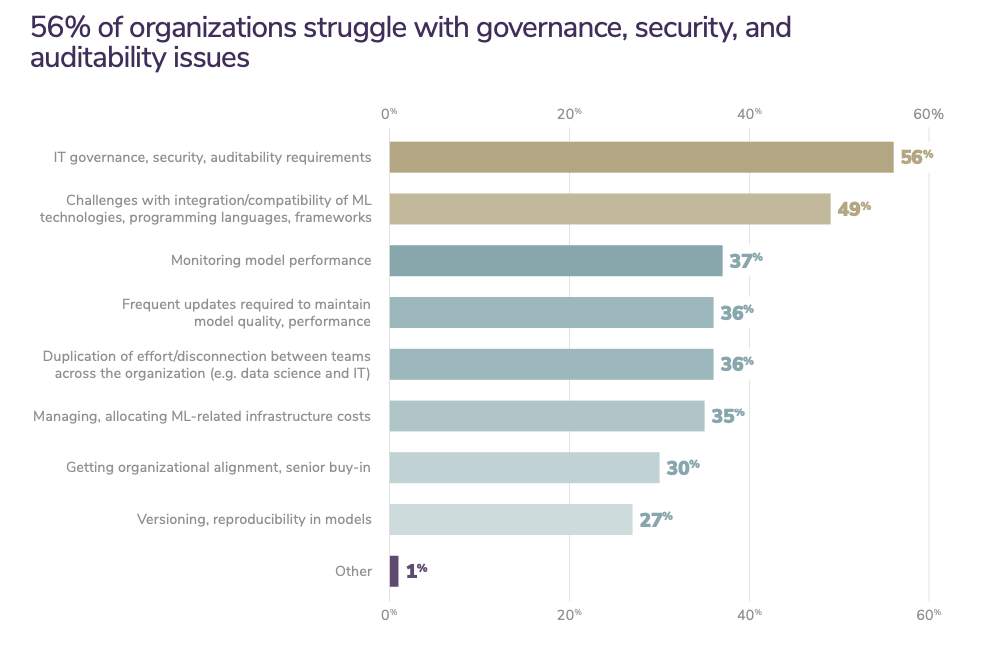
AI/ML can solve any problem
AI/ML technologies are very flexible and powerful
But they have very strict requirements
And potentially harmful limitations
Course Organisation
ml4design.com
Alessandro
Carlo
Vasileios
Evangelos
Denis

Chaofan

- Individual Exam (W3.10) - 50% of your grade
- Multiple choice + Open answers
- Exams from 21/22 available
- Example questions available every week
- Group Assignment - 50% of your grade
- Group portfolio - 80%
- 3 group assignments (one for each module)
- First 2 already available on the Wesite
- Individual Group Assessment - 20%
- We will use Buddy Check
- Group portfolio - 80%
Changes from 2021/2022
Redistribution of content
More "design examples"
Assignment 1 is a bit more complex
Assignment 3 is a lot less complex
Work in Progress!
- Last year it went very well, but we are still experimenting
- I am preparing lecture notes!
- Several topics are currently objects of research!
- We don’t have all the answers all the time :)
- We appreciate your:
- Enthusiasm for adventuring into this new field
- patience, if the course’s logistics is not perfect (yet)
- feedback, to help us further improve the course
Tools
- Use Discussion Lists on Brightspace
- Questions of general interest
- Interesting Articles
- Feedback
- Use MS Teams for
- personal and urgent questions
- group communication
- Email for less urgent personal questions
Honour Code: permissive but strict
OK to discuss assignments with classmates
OK to use existing solutions as part of your projects/assignments. Clarify your contributions.
OK to publish your assignments portfolio after the course is over (we encourage that!)
NOT OK to ask someone to do assignments/projects for you
NOT OK to use ChatGPT (or similar) without clear attribution
NOT OK to copy solutions from classmates
NOT OK to pretend that someone’s solution is yours
NOT OK to post your assignment solutions online
ASK the teaching team if unsure
To DO Week 1
READ THE COURSE MANUAL
We will have another lecture on Friday 13.45
Set-up tutorial on Friday 15.45
Form Groups: Deadline Tuesday 21st EOB

Machine Learning for Design
Lecture 1
Introduction to Machine Learning. Part 1








